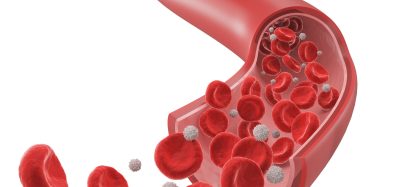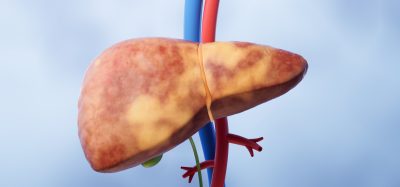Inhibiting Asc-1 protein function could present new drug target for obesity
Posted: 5 April 2021 | Victoria Rees (Drug Target Review) | No comments yet
Researchers have shown that loss of Asc-1 function could help obese patients maintain a healthy metabolism.


Researchers have identified a new potential drug target to treat obesity. The study was conducted at the Helmholtz Zentrum München and the German Center for Diabetes Research (DZD), both Germany, and could open up new approaches to prevent the development of metabolic diseases.
According to the researchers, the protein Asc-1 regulates whether fat-burning beige or fat-storing white adipocytes are formed, which can have an impact on the development of metabolic diseases. While white fat cells serve as energy stores, excess energy is burned in brown and beige fat tissue. Therefore, too much white fat is considered unhealthy. If the white adipose tissue increases significantly in adults with obesity, metabolic diseases such as diabetes or metabolic syndrome can develop. However, the situation is different in children; the initial formation of white adipose tissue is a prerequisite for a healthy metabolism.
The researchers questioned how adolescent adipose tissue differs from adult white adipose tissue. To answer this question, the team investigated the composition of white adipose tissue of young and adult mice using single cell RNA sequencing.
The researchers found that adolescent adipose tissue differs greatly from adult white fat, especially in terms of the properties and composition of fat precursor cells. They discovered a special subgroup of fat precursor cells in adolescent adipose tissue that contain the protein Asc-1, which is otherwise present in mature adipocytes. These precursor cells differentiate predominantly into white adipocytes and the formation of “healthy” beige adipocytes is actively suppressed.
In further cell biological investigations, the team were able to show that the loss of Asc-1 function promotes the formation of beige adipocytes.
“These insights into the physiological processes of adipose tissue growth enable us to develop new strategies to prevent the harmful metabolic consequences of obesity,” said last author Dr Siegfried Ussar.
The researchers are now pursuing this approach further. They are currently establishing strategies to modulate Asc-1 function in adipose tissue in the living organism and exploring ways to promote healthy adipose tissue expansion. The goal is to help obese patients maintain a healthy metabolism in the future and thus gain time to treat obesity with a holistic approach.
The study was published in Nature Communications.
Related topics
Disease Research, Metabolomics, Molecular Targets, Protein
Related conditions
Obesity
Related organisations
German Center for Diabetes Research (DZD), Helmholtz Zentrum München
Related people
Dr Siegfried Ussar








